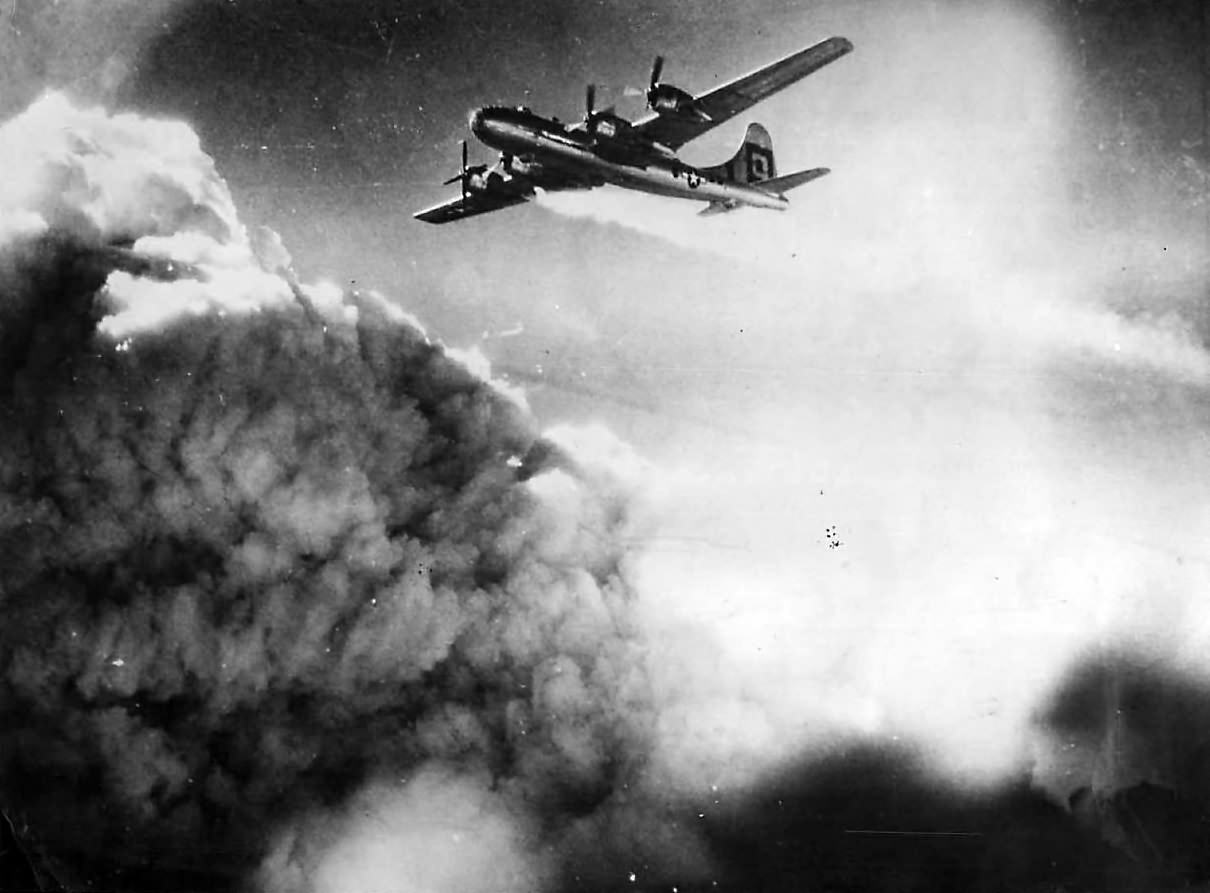The R-3350 engine used in the B-29 Superfortress encountered significant issues, particularly in-flight fires, leading to the loss of aircraft, aborted takeoffs, and forced returns. The primary problems were due to design flaws and the rush to production, which bypassed thorough testing and debugging. Here are the key points regarding the issues and solutions:
Engine Overheating and Fires
- Cylinder Head Overheating: A significant issue causing in-flight fires and engine failures.
- Design Deficiencies: Both the engine itself and the cowling designed by Boeing contributed to overheating.
- Cowling Design: Opening the cooling flaps enough to cool the engine caused turbulence and drag.
- Improvement Efforts:
- James Cracker’s Idea: Shortening the cowl flaps and fixing the two top flaps on each nacelle helped reduce overheating.
- New Baffling Design: Improved airflow to the cylinders, but this only partially addressed the problems.
Lubrication Issues
- Valve Lubrication: Lack of adequate lubrication led to valve overheating, snapping off, and initiating fires.
- Wright’s Efforts: Although Wright worked on solutions, their resources were spread thin due to other commitments.
Engine Variants and Production
- Initial Variants: The R-3350-21 and R-3350-23 engines had significant issues.
- Orders: 162 R-3350-21s and 1,366 R-3350-23s were initially ordered.
- War Engines: 22,385 R-3350-23As were ordered after fixes, used as replacements in many B-29s.
- Persistent Issues: Despite extensive debugging, engine fires and overheating continued.
Safety Modifications
- Nacelle Modifications: Changes were made to keep flames away from the wing spars to prevent catastrophic failures like those that occurred on the second XB-29.
- Engine Support Structure: Some fires still destroyed the support structure, causing engines to fall from aircraft.
Operational Challenges
- Hot Region Operations: In hot climates, overheating during long taxi runs was mitigated by towing aircraft to the runway before starting engines.
- Engine Shutdowns: Common in flight, leading to jokes among pilots about “Trimotor B-29 Time.” Some flights required shutdown of two engines, with one crew managing to keep a B-29 aloft on a single engine.
